The good vibes live on into Wednesday, the non-stop highlight reel of last Saturday turning the corner to reframe a visit from the Gamecocks this week. The Vols are -10.5 as I type. In the last four meetings, the Vols have been -2.5, +9, +4, and -4.5 last year. What felt like a match-up of two programs starting over in similar spots has become an opportunity for Tennessee to separate themselves not only from South Carolina, but much of the year one narrative we thought we’d get.
If six wins is a good goal, a win on Saturday gets you to 4-2. We say it every week: the rhythm is just different this year, Tennessee’s schedule operating in a way we’re very unfamiliar with. Instead of a slew of high-profile matchups to open, the Vols got relative toss-ups. But South Alabama and Vanderbilt are still there at the end too, meaning a 4-2 start would lead to the assumption of wins five and six, readily available on the season’s final Saturdays.
It’s the in between part that has a chance to be reimagined.
If the Vols struggle and/or lose, we’ll go back to what one probably should expect: volatility begets volatility. College football overall is more roller-coastery than usual this season, and no one would understand the inherent thrills and nausea more than Tennessee’s program. Struggle and/or lose, and unexpected remains the theme, with the Vols needing to find another win before late November to earn a 13th game.
But because last Saturday was so very unexpected indeed, now we’re willing to believe in something a little bigger…especially if the Vols play well again this week.
The 62-24 triumph at Missouri was the first reason to believe. Josh Heupel is the fifth Tennessee coach in a Year One in the last 13 seasons. And, to their credit, each of his predecessors gave us a real reason to believe in Year One. His predecessors are also just that: those initial reasons to believe ultimately flamed out.
They’ve each done it a bit differently, and each offer something we can learn in reflection. We’ve been through a lot, and we’ve developed some callouses and boundaries along the way. What’s a healthy, appropriate response to the first sign of life? Let’s see how it’s gone before:
Lane Kiffin 2009: Blew out a rival in Week 6 (plus recruiting)
It’s strange to type, “If you’re old enough to remember,” but if you are, Kiffin left little opportunity for a wait-and-see stance. He put himself in position to need defending, and man, we did it. He also signed Nu’keese Richardson, Janzen Jackson, Bryce Brown, and a host of other freshmen who would play right away, building instant credibility that the Vols would have enough talent to get the job done. In 2009, Tennessee was also just two years removed from Atlanta: it felt like a remodel, not a rebuild.
Then he lost to UCLA in truly puzzling and disappointing fashion. He turned a +30 line into a 10-point loss in The Swamp against #1 Florida. And the Vols just missed against Auburn, also starting over with Gene Chizik, in Week 5. “Sooner than later, we’ve got to win one of these,” we thought.
Sooner: the Vols hammered Georgia 45-19 the very next week, getting a religious experience from Jonathan Crompton at quarterback. Last Saturday’s win at Missouri is the most the Vols have over-performed the Vegas line in the post-Fulmer era (and maybe ever) at +40.5; this one is fifth on that list at +27, but that number means a lot more against Georgia.
Again, we were only two seasons removed from huge, meaningful wins. But this one certainly felt like validation, and validation traveled. The Vols almost beat #1 Bama two weeks later and rolled out the black jerseys in rolling #21 South Carolina. They hadn’t fully arrived: the Vols also got Dexter McClustered 42-17 at Ole Miss, and played a game fairly similar to what we just saw at Florida against #12 Virginia Tech in the Chik-fil-A Bowl, dropping a wide-open touchdown late in the third quarter that would’ve cut it to one possession, before ultimately losing by 23.
Still, even at 7-6, Kiffin’s year inspired a ton of confidence (and fun) going forward, stemming much from that huge Saturday in Week 6. The same scenario isn’t necessarily available to Josh Heupel this year, as Tennessee’s biggest rivals are all much better than Georgia was in 2009. But I think we’d be more than happy to make the comparison should Ole Miss or Kentucky arrive as a ranked opponent.
How long did it last: Let’s talk more about that next week.
Derek Dooley 2010: We found a quarterback in Week 9 (and beyond)
Knew it coming in, and it indeed happened: a front-loaded Tennessee schedule meant the Vols started 2-6, with five of those losses to Top 20 teams plus Georgia in Athens. The last of them, at #17 South Carolina, featured the appearance of freshman Tyler Bray in the second half.
He threw a pick six, but then almost rallied Tennessee to victory. Not only did the Vols get bowl eligible from there, Bray made an assault on Tennessee’s freshman passing records, held by both Peyton Manning and Casey Clausen.
It was a testament to the power of getting the right guy, then knowing that guy is still going to be around. Bray felt like a legitimate future first-round pick at that point, and for all the struggle of going Fulmer-Kiffin-Dooley in three years, getting quarterback right covers a multitude of sins.
How long did it last: The problem with putting so much of it on your quarterback is that quarterback can get hurt. After one of the best performances any Tennessee quarterback has ever put on vs Cincinnati in Week 2 of 2011, Justin Hunter tore his ACL on the opening drive at Florida in Week 3, and Bray broke his thumb on a Georgia helmet in Week 5. There was still enough optimism for 2012, and rightfully so on offense. But the defense couldn’t hold up their end, and Bray’s presence ultimately led to a bunch of close losses to ranked opponents.
Butch Jones 2013: Almost beat a rival in Week 6, beat a ranked team two weeks later (plus recruiting)
To his credit, Butch Jones – received with plenty of arms folded in front when he was hired – won people over by March with his work in securing an unusually high number of in-state and legacy talents in recruiting. Jones got Jalen Hurd, Todd Kelly Jr., etc. in the boat, making you believe good things were coming, even if we had to wait.
Then he almost beat #6 Georgia while all those guys were still in high school, the original Smokey Gray Saturday that is still among the most fun anyone has had in Neyland in the last ten years.
Then he did beat #11 South Carolina two weeks later.
We talked about this on our podcast this week: the 2013 season was ultimately another struggling Year One against probably the most difficult schedule Tennessee has ever faced. But it was one of the more fun seasons of these last 13, both because of what Tennessee was building in those brick-by-brick recruiting classes, and because the performances against Georgia and South Carolina made you believe the Vols could win now, even against such a daunting schedule.
How long did it last: It’s the Ballad of Butch Jones: had big moments along the way, but missed the chance for them to truly become lasting memories when those seasons themselves failed to land on their feet. Tennessee cost itself bowl eligibility in a 14-10 loss to Vanderbilt in late November. Good vibes continued through a strong early stretch in 2014…then the Vols lost to Florida in excruciating fashion. Josh Dobbs came on soon after to build even more momentum…then see 2015 Oklahoma and Florida, etc.
Jeremy Pruitt 2018: A historic upset in Week 7
The Vols took three 26-point losses to West Virginia, Florida, and Georgia, building little optimism. Then the Vols went to #21 Auburn and won 30-24 at +14.5, the program’s third-biggest upset via Vegas since 1985.
After getting past the requisite Bama blowout, the Vols lost a close game at South Carolina and were uninspiring against Charlotte…then busted up #12 Kentucky 24-7.
It wasn’t true in terms of week-to-week performance (another good reason to value what Tennessee is doing in things like SP+). But according to the head-to-head police, Tennessee’s wins over Auburn and Kentucky gave Pruitt the best two wins of any of these year one coaches (though Kiffin’s were probably more fun because of who and how).
However…
How long did it last: On the doorstep of bowl eligibility after that Kentucky win…Tennessee lost 50-17 to Missouri and 38-13 to Vanderbilt to finish the season 5-7. It was more confusing than anything else, then completely and rightfully overshadowed by the Georgia State loss to open 2019. In the end, 2018 had the most volatility: the biggest wins, and the worst losses.
So, as we’ve learned, no matter how good the first piece of belief is, it’s only the first. Sometimes it can last into year three, sometimes it fades by November. One must continue to taste and see.
But it’s not all coachspeak to believe in things like valuing the process over the results, especially early…and especially after you’ve just won by 38, instead of the other way around. The Mizzou blowout gave us reason to believe, and happened earlier than any of these other data points. But Tennessee’s relative stability in every performance so far this season – one in which there should probably be more volatility than ever – is also an encouraging sign.
And if the Vols are steady again on Saturday, they can put the bowl eligibility conversation to the side for a month. Because if Tennessee’s opponents also take care of business, the Vols could face four straight ranked foes after Saturday.
Beat South Carolina, and we’ll face them with far more reason to believe than we thought possible.
Go Vols.
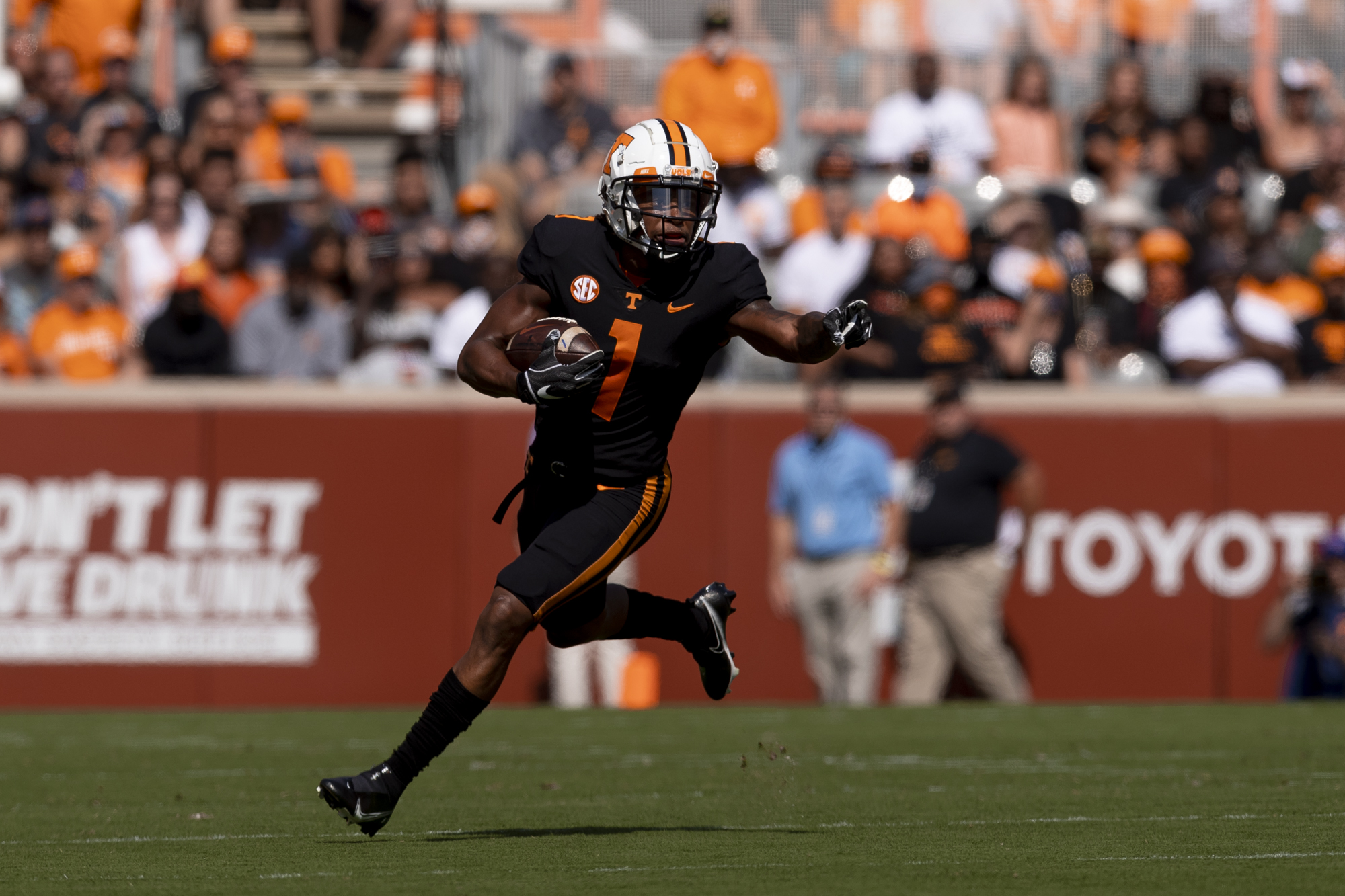
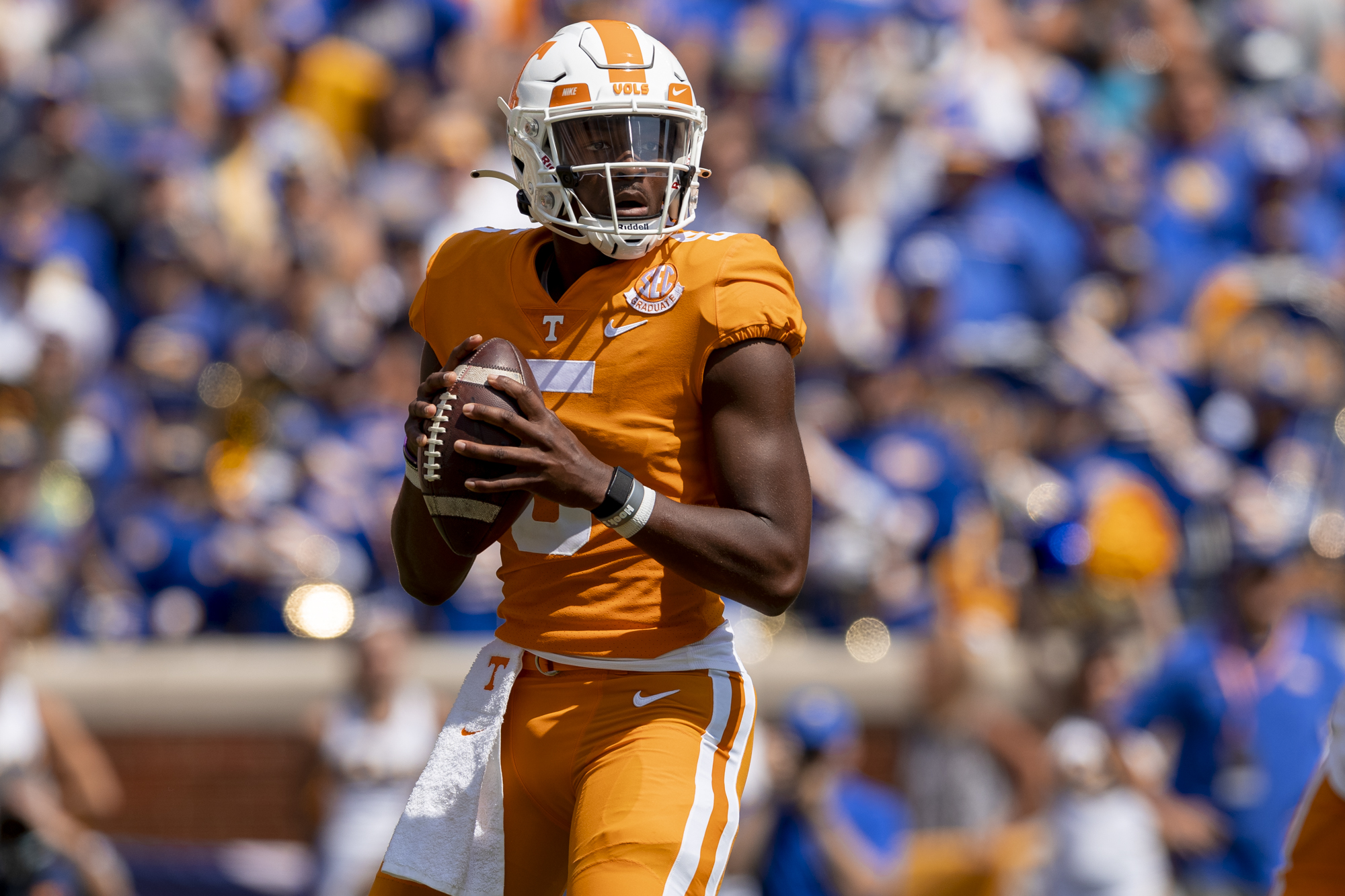
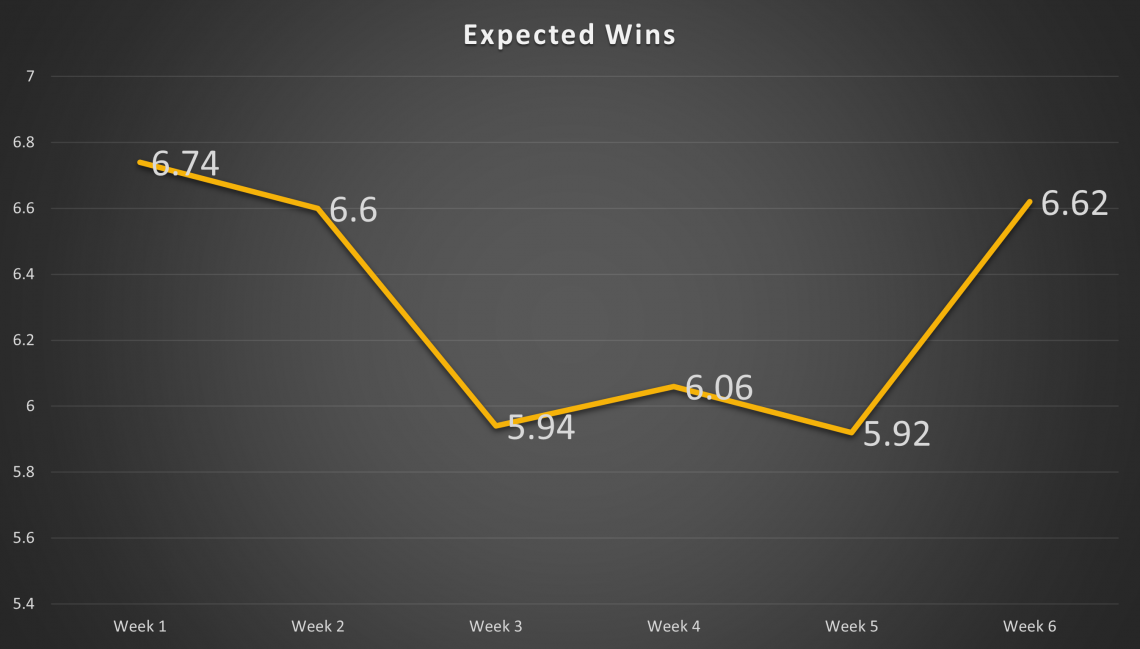
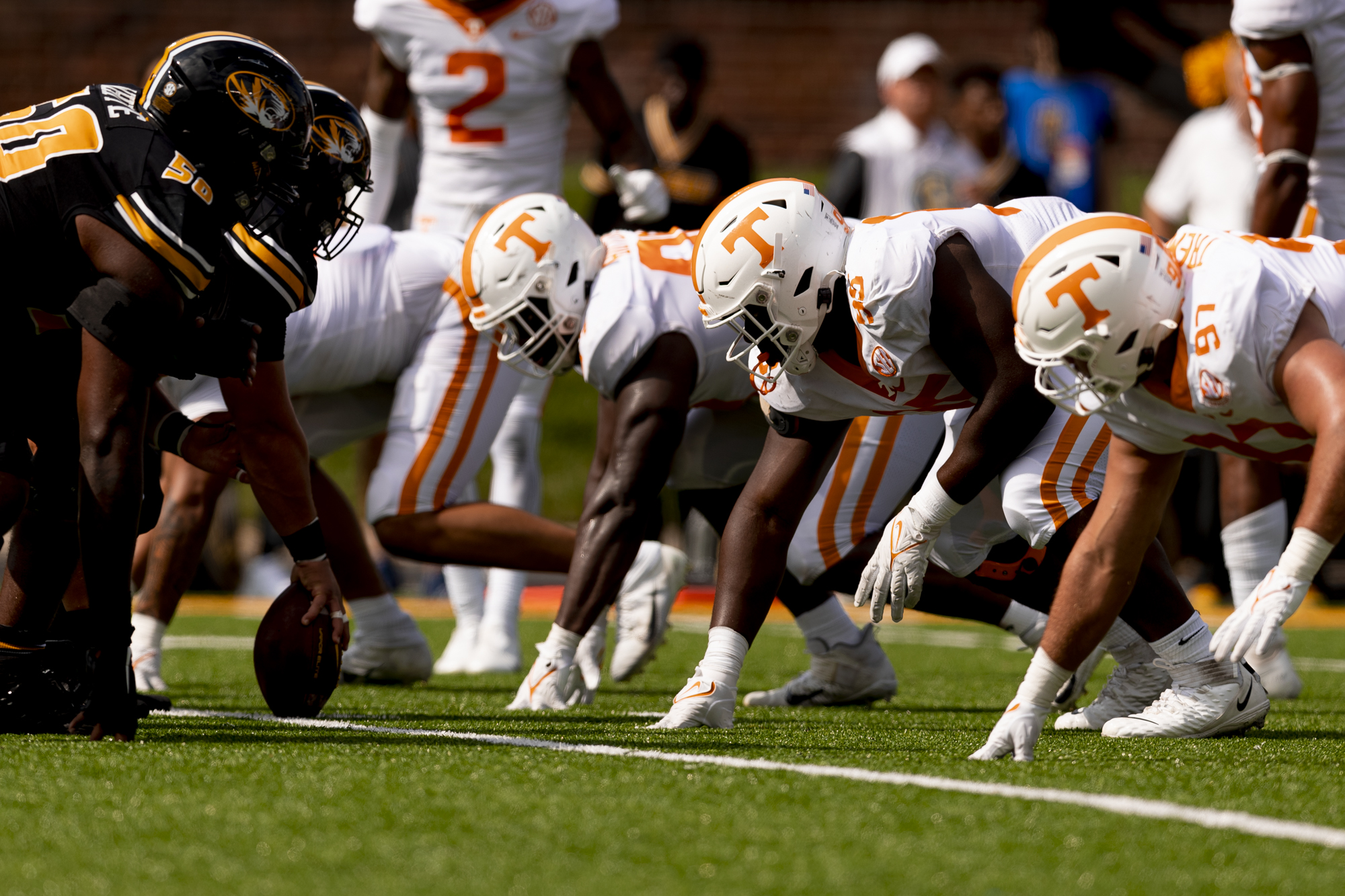
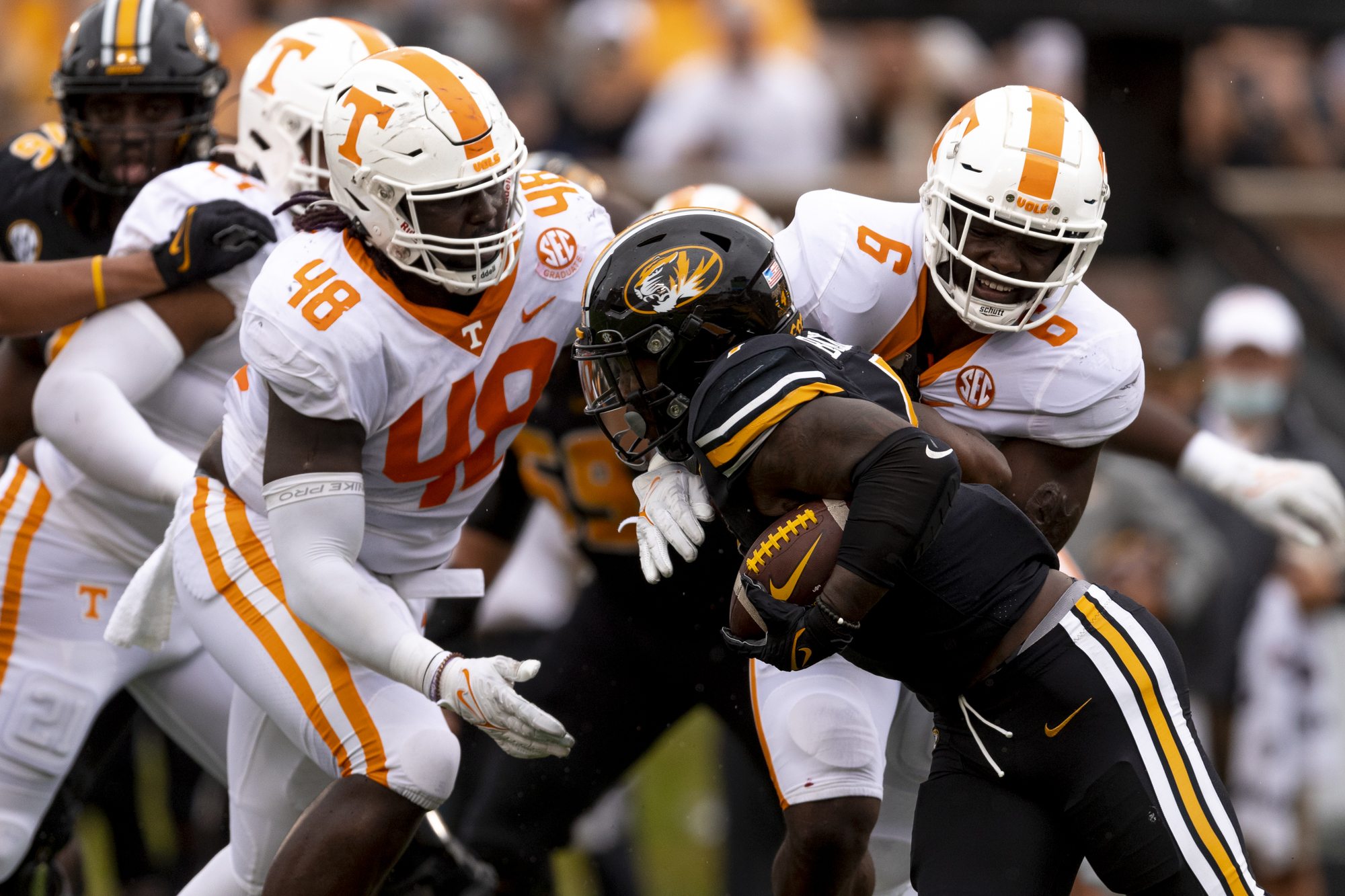
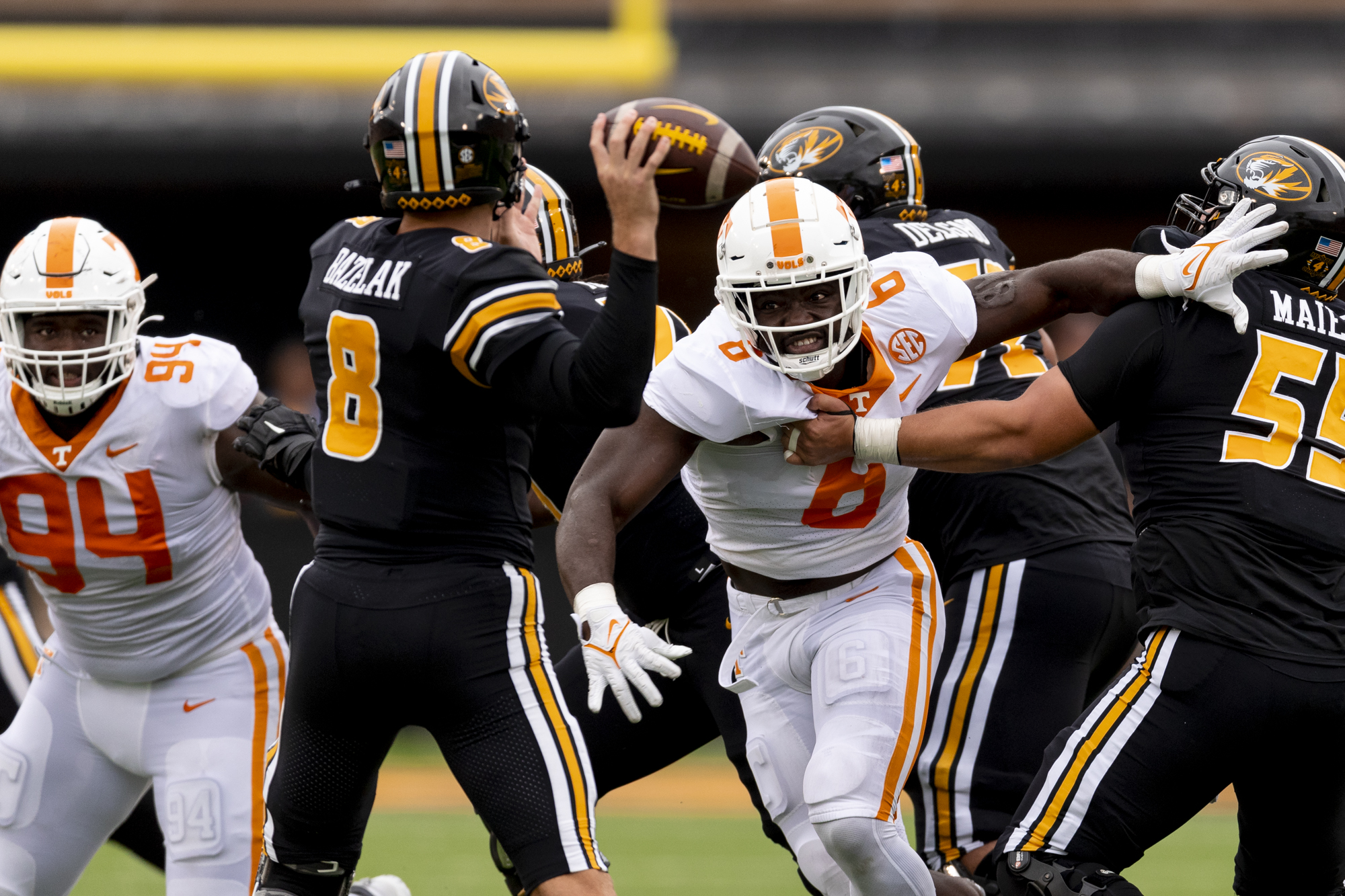
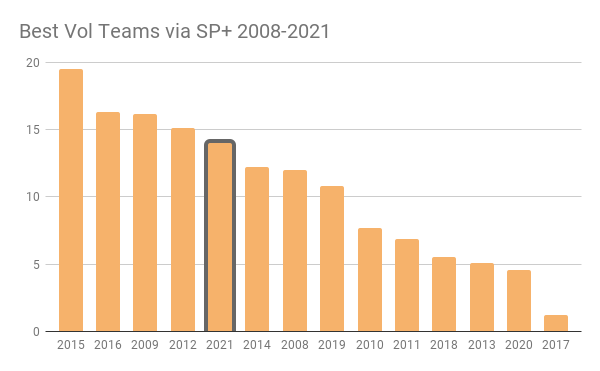
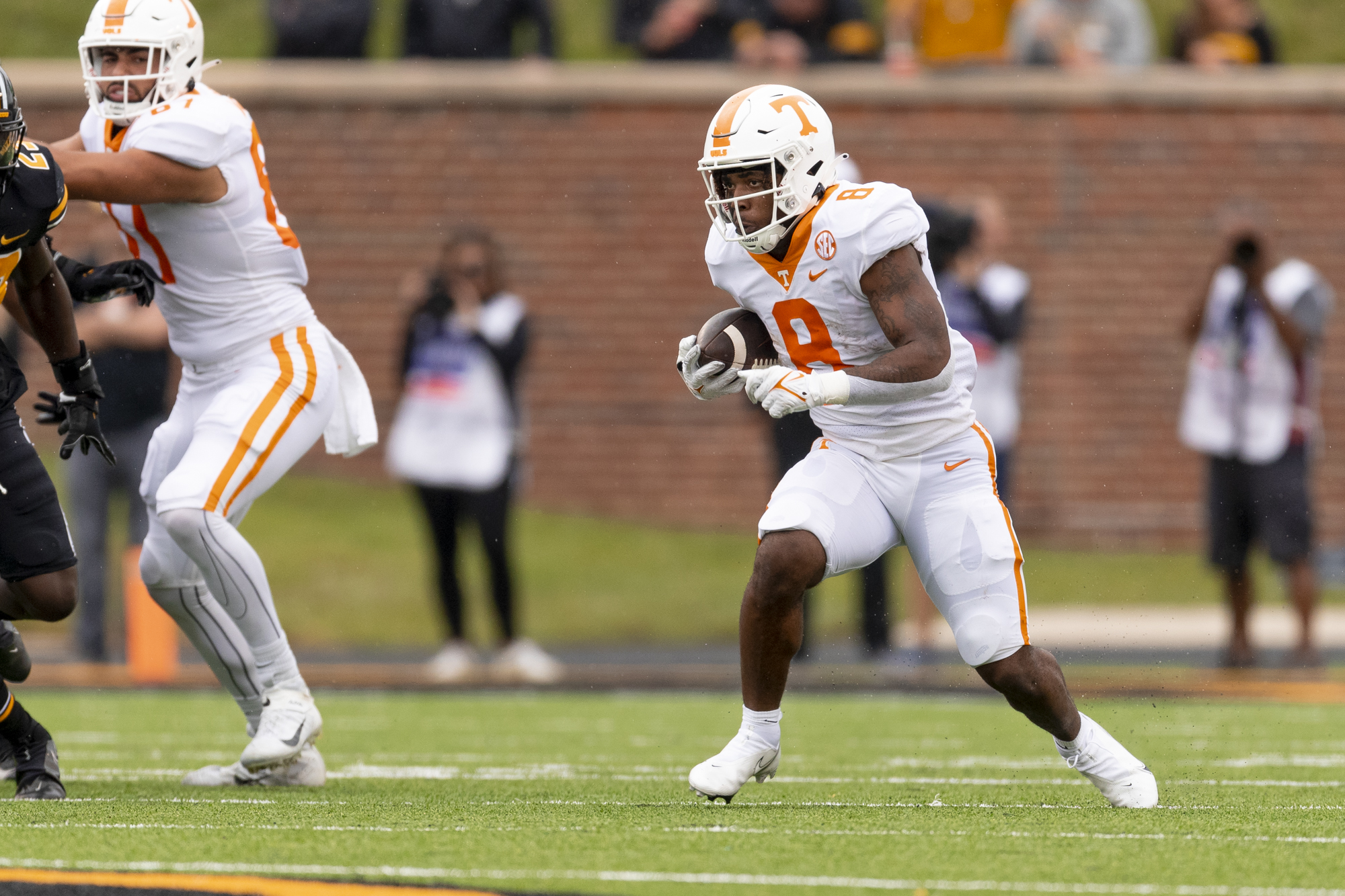
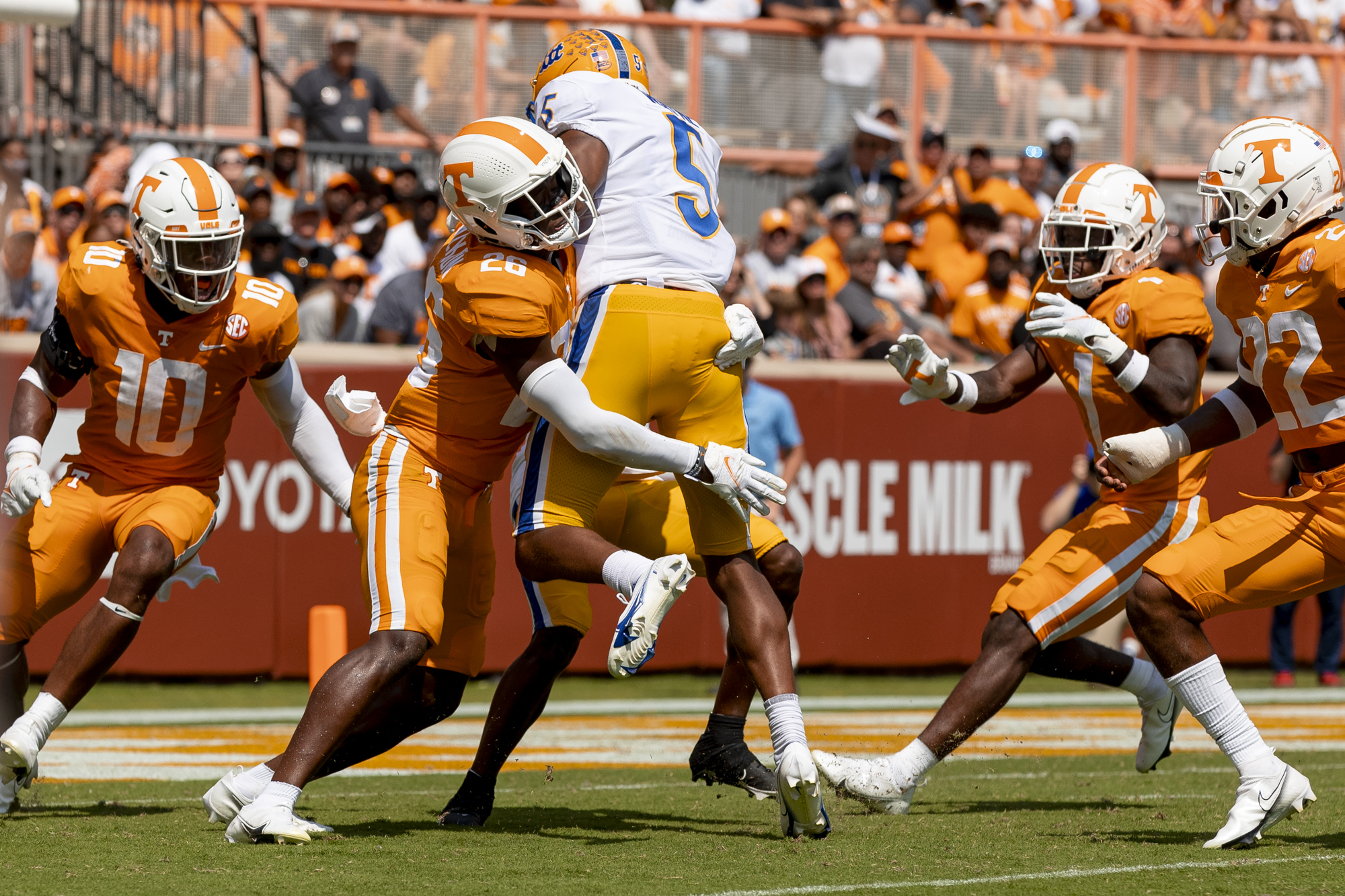
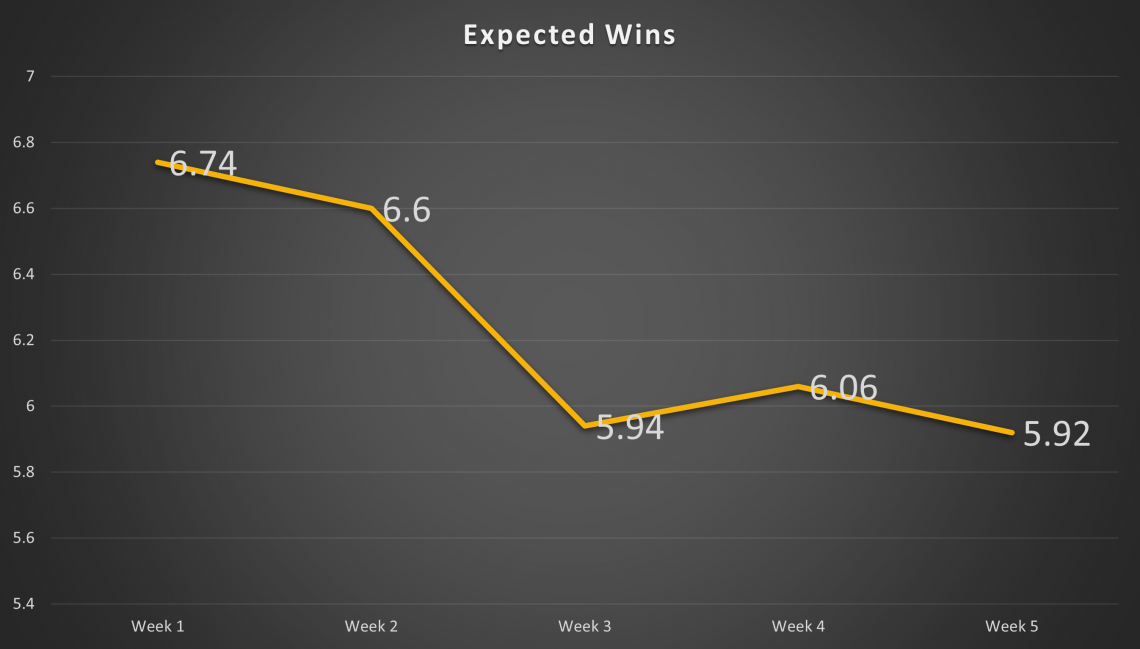
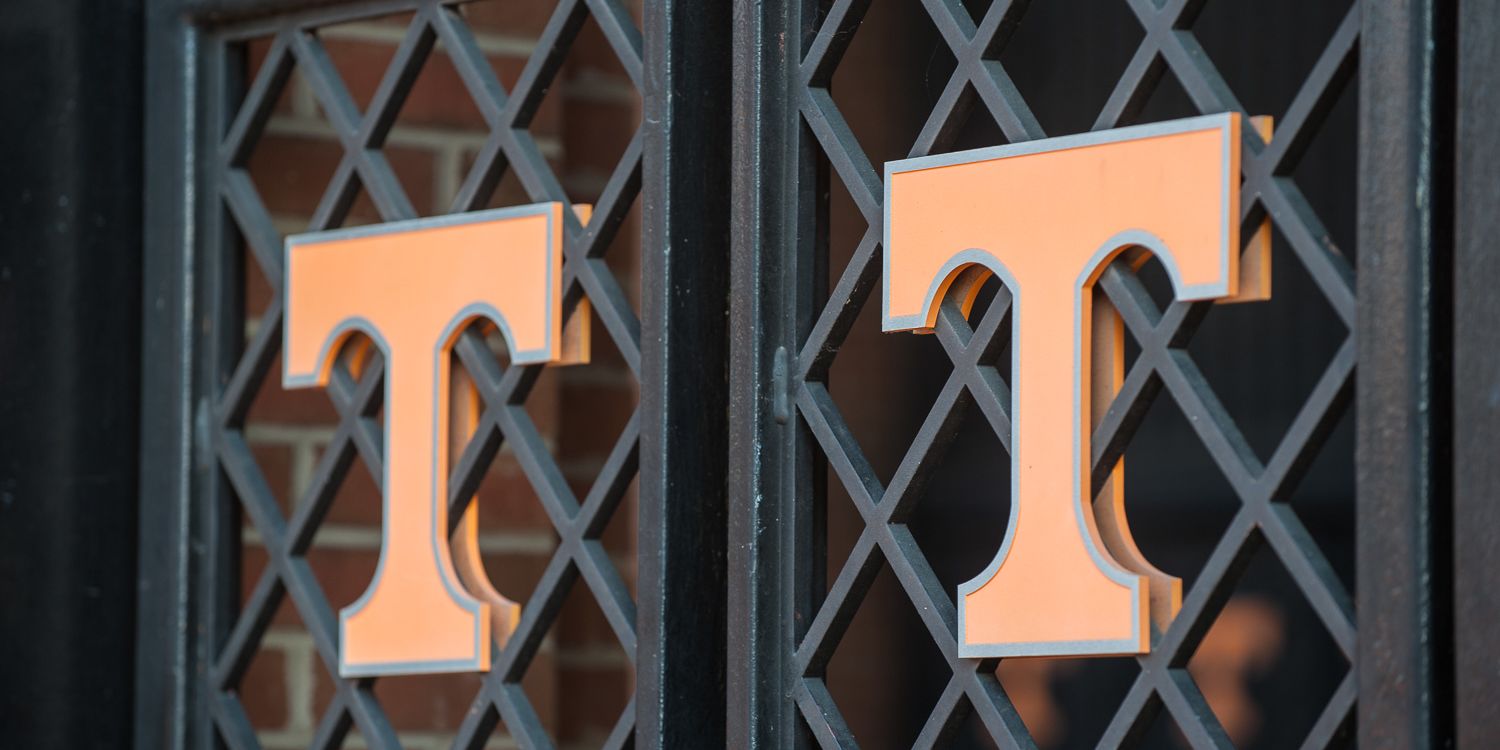
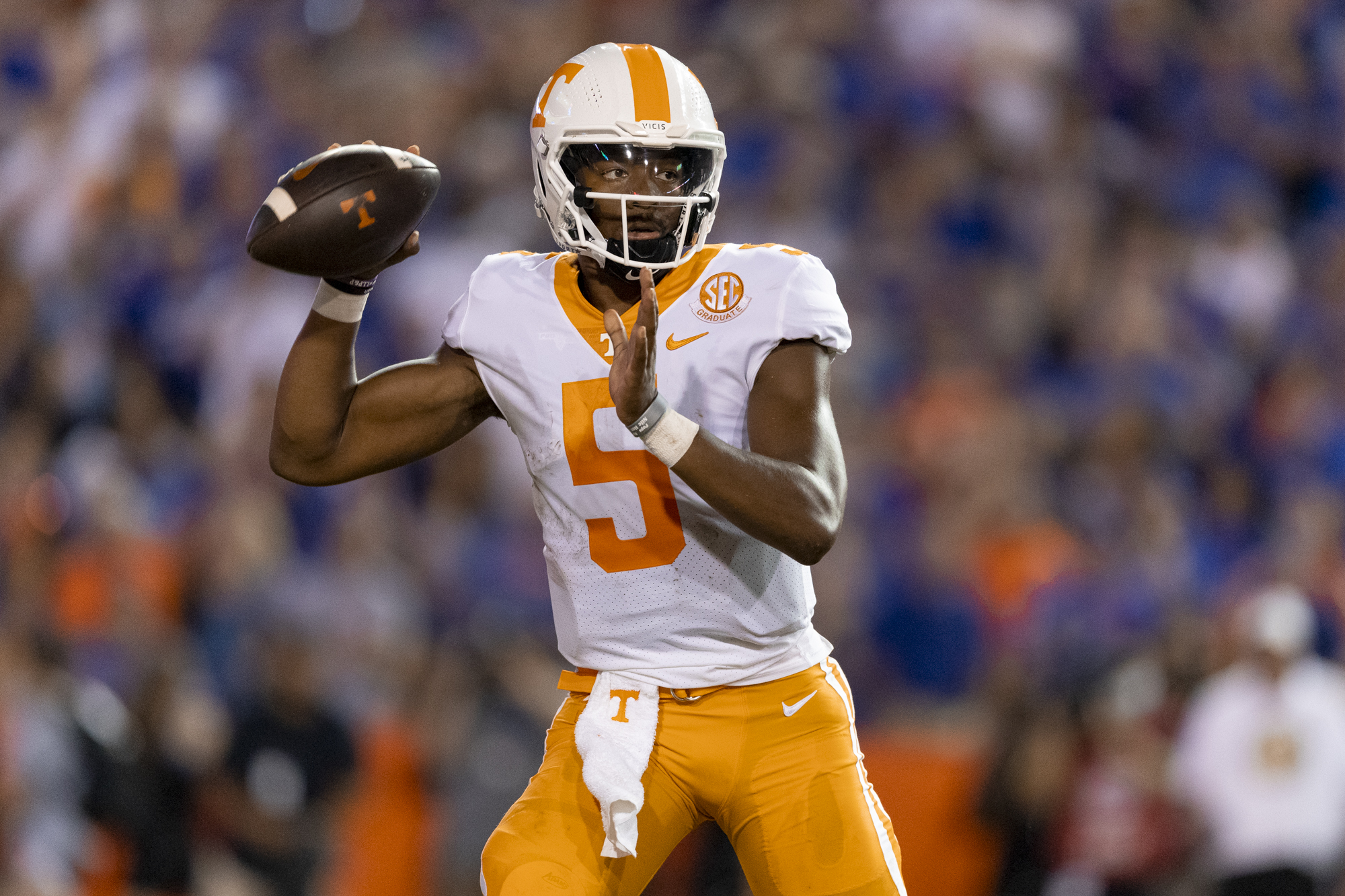
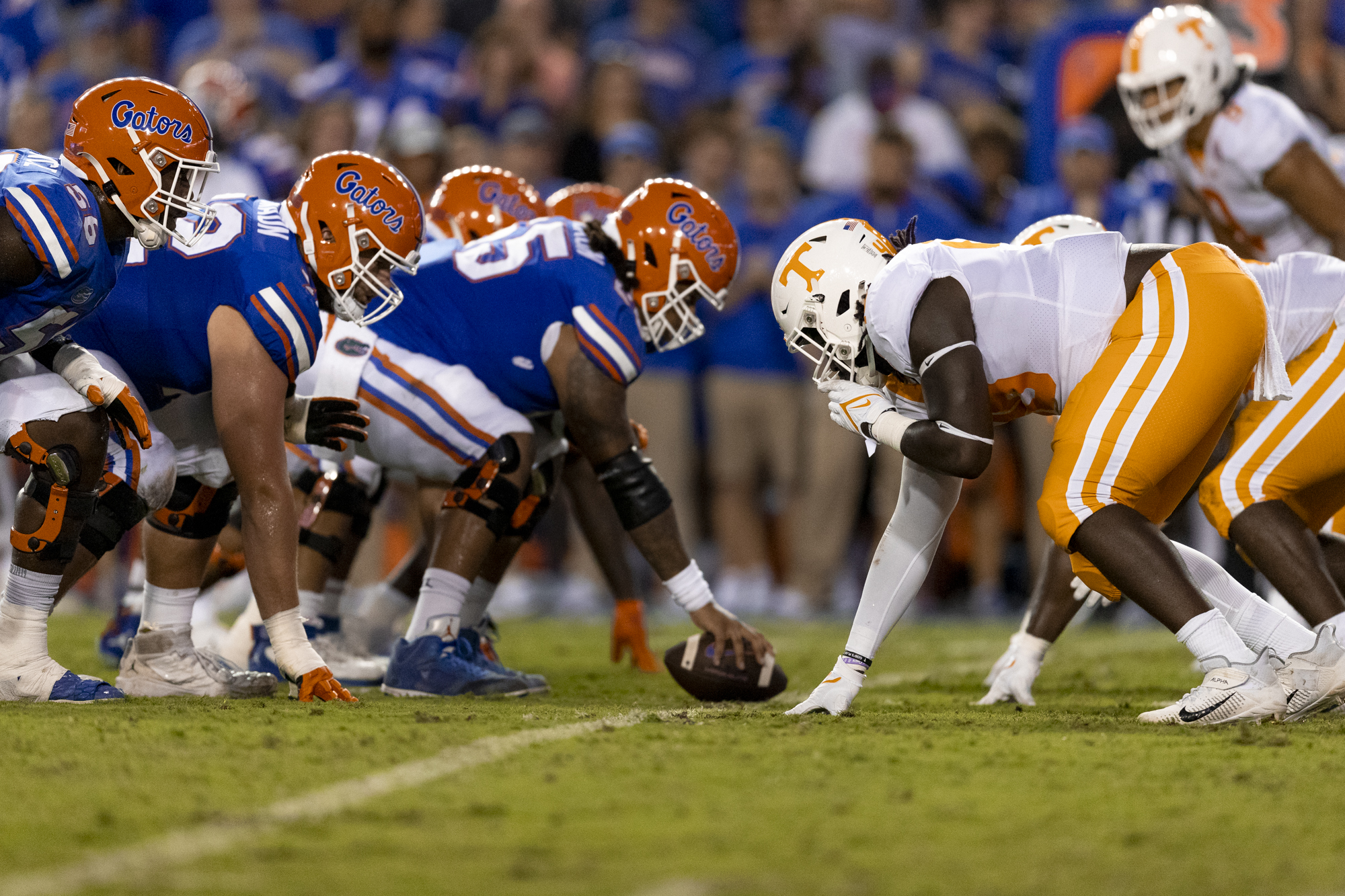
You must be logged in to post a comment.